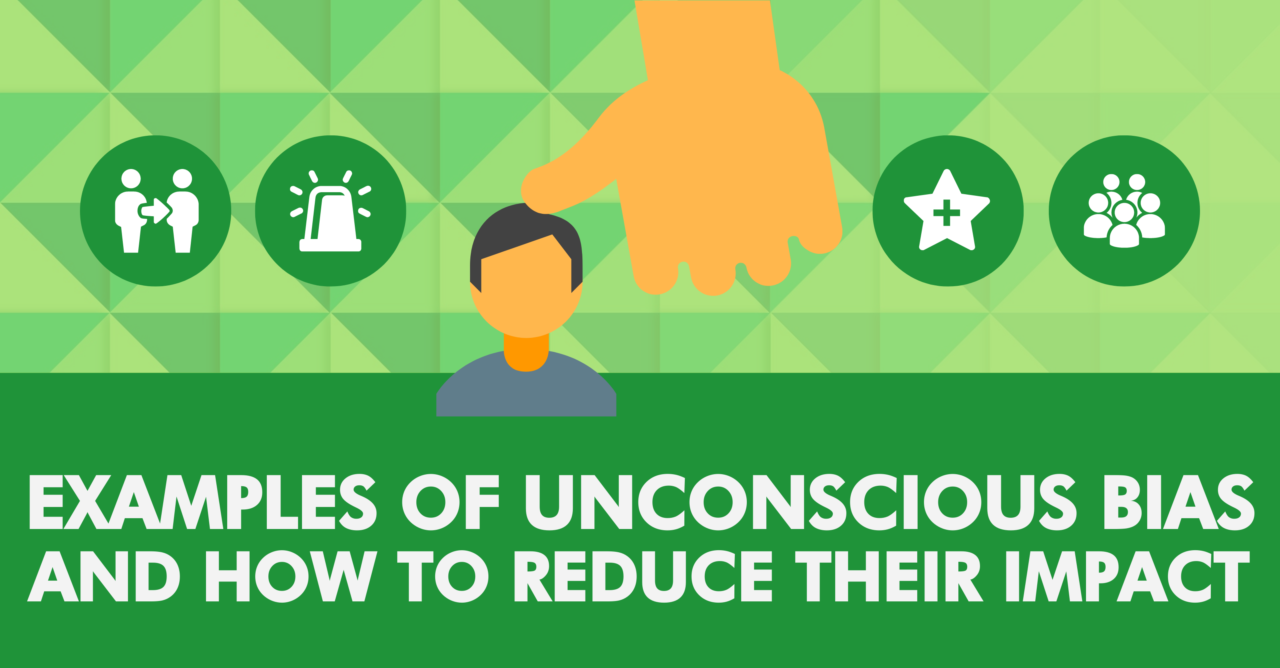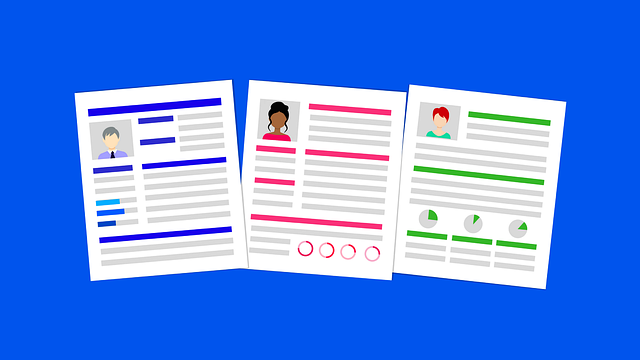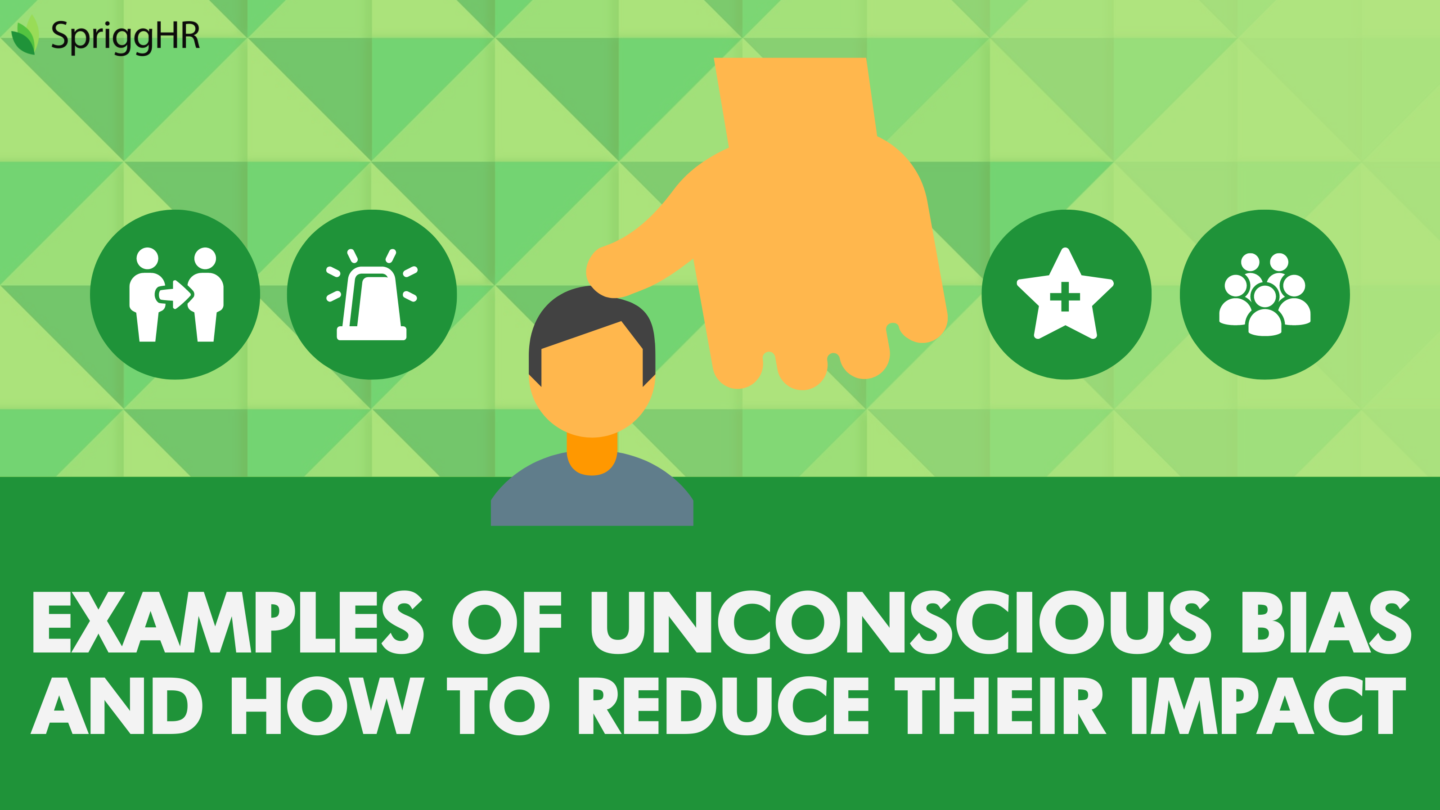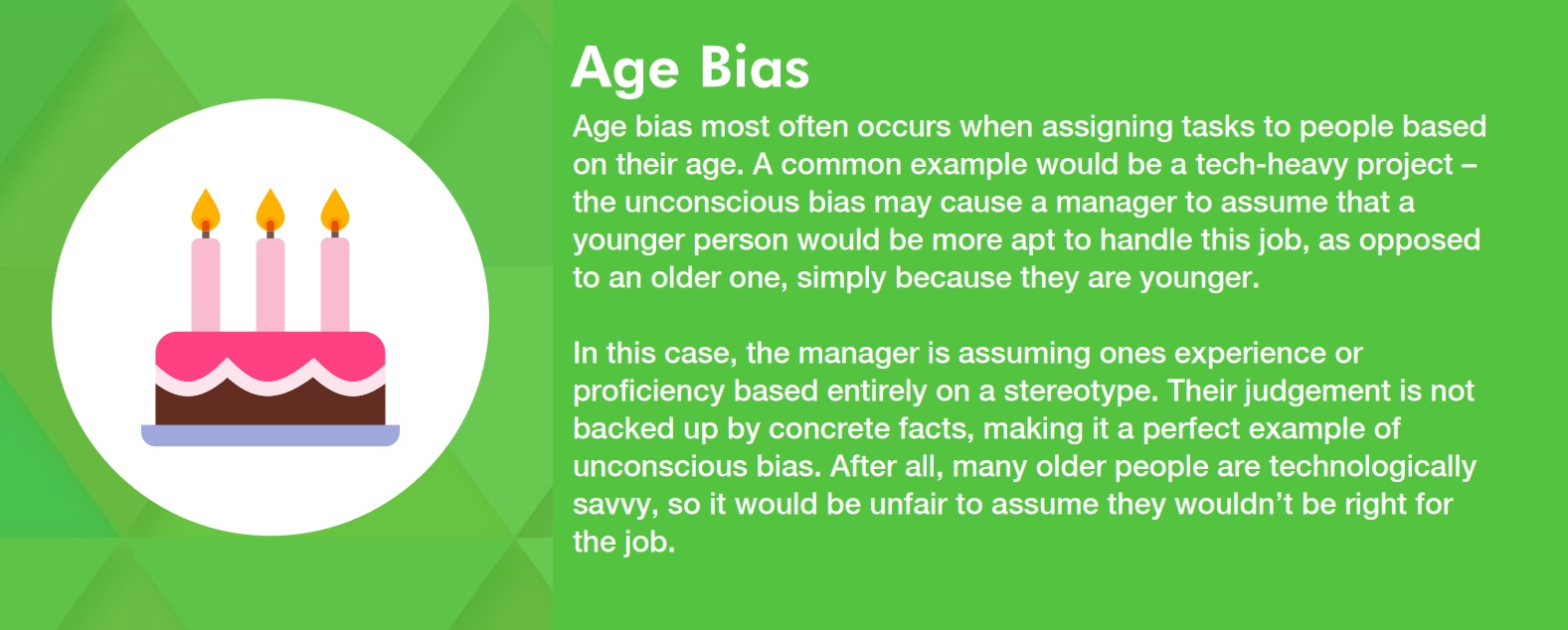
Examples of Unconscious Bias and How to Reduce Their Impact
Unconscious biases are cognitive biases that exist in our subconscious. They can be both positive and negative, and influence the vast majority of our decisions by affecting our behavior. If these biases aren’t recognized and avoided, they could lead to decisions that are bad for both individuals and the company.
You can take our Unconscious Bias White Paper to circulate within your organization!
Unconscious Bias
Send download link to:
Examples of Unconscious Bias
Let’s discuss some of the most common examples of unconscious bias in the workplace.
Gender Bias
Gender bias is much more prevalent in office culture than one may like to admit. This occurs when certain traits (such as assertiveness or confidence) are seen as negative in one gender, and positive in another. A negative gender bias usually leans to the side of women, which can cause the female employees of an office to feel less appreciated and less engaged. Companies that are influenced by gender bias can miss out on many opportunities because of this.
A common unconscious bias example in this situation is referred to as “bropropriating” – this occurs when a female member of the team makes a point about something, and there isn’t much interest in it. Then, a short time later, a male member of the team makes the same point, and everyone supports it. This bias can lead to female workers not wanting to share their ideas and can be an incredibly frustrating and demotivating factor.
The Horn/Halo Effect
The horn/halo effect is one of the most common examples of unconscious bias. It occurs when someone’s performance or character is generalized based on just one trait or event. If the trait is a positive one, it’s called the halo effect, and if it’s a negative one, it’s called the horn effect. This can adversely affect an organization by presenting skewed feedback (both positive and negative) for some employees. Read more about the Horn Effect.
Name Bias
This unconscious bias example comes into play most often when choosing people to interview. Despite best intentions, managers can be biased when reading names they consider “foreign” – this is obviously an issue as it can inhibit growth in diversity and preclude many qualified applicants from being interviewed.
Similarity Bias
The similarity bias essentially states that we like working with people similar to us. This could be graduates from specific schools, people who have worked at certain companies, and more. Organizations that are influenced by the similarity bias run the risk of having no diversity among their ideas and perspectives, which could lead to less-than-ideal solutions to problems.
Right-hand Bias
This is a less common example of unconscious bias but still does exist. It refers to aspects of the workplace being designed specifically for right-handed people. A well-known example of this was when YouTube first launched the video-upload feature for their app, 5-10% of videos were uploaded upside down. They had failed to take into account that left-handed people would hold their phones differently than right-handed people. This bias can make life more difficult for some people, and should be something management thinks about when implementing features in the workplace.
Confirmation Bias
Another common example of unconscious bias is confirmation bias. This exists not only at work, but in everyday life as well. Confirmation bias occurs when we make a decision about something, then actively look for information that supports that decision, while also overlooking any opposing facts and viewpoints. This can be detrimental to a company as evidence that something should be done in a certain way could be ignored.
Age Bias
Age bias occurs when assigning tasks to people based on their age. A common example would be a tech-heavy project – the unconscious bias may cause a manager to assume that a younger person would be more apt to handle this job as opposed to an older one. In this case, assuming ones experience or proficiency is based entirely on an opinion that isn’t backed up on fact is a perfect example of unconscious bias. After all, many older people are technologically savvy, so it would be unfair to assume they wouldn’t be right for the job.
Now that we’ve reviewed some of the more common examples of unconscious bias, how do we go about preventing them?
How to avoid unconscious biases
Since unconscious biases exist in our subconscious, they are very hard to stop completely. However, steps can be taken to reduce the impact of these biases on the decisions we make.
Learn to recognize examples of unconscious bias
- Ensuring everyone knows unconscious bias exists is the first step to avoiding it. This could be through meetings, awareness training, etc.
Assess which biases are most likely to affect you, and your company
- Knowing which biases are most likely to influence you will allow you to take proactive steps to help reduce their impact on your decision-making.
- Likewise, knowing which biases may affect the company gives you the opportunity to consider them when making important decisions when hiring, promoting, giving raises, etc.
Remove bias from your hiring approach
- This could include the wording of the job posting (avoiding gender-specific language, for example), blindly judging candidates (not looking and name or gender – base it on merit alone), or even giving candidates a sample assignment to see what their work may look like.
- Structure interviews: having a structure that you follow is important, as it guarantees a consistent and fair interview for everyone.

Diversify management
- If the senior employees are all of the same ilk, their unconscious biases will affect their decisions. Having diversity will ensure a wide array of viewpoints, and help avoid biases when it comes to hiring and promoting people
Hold employees accountable
- This doesn’t necessarily mean you should punish employees if they make a decision based on unconscious bias, but the decisions should be monitored and watched for patterns. If data reveals a bias, someone will have to intervene
- Encourage employees to speak up if they observe a bias
Final thoughts
There are many examples of unconscious bias prevalent in the workplace. If they aren’t addressed, they can be detrimental to a company. By recognizing them and actively working towards reducing their impact, you can ensure unconscious biases don’t negatively affect your decisions.
Take our Unconscious Bias White Paper to go!
Unconscious Bias
Send download link to:





